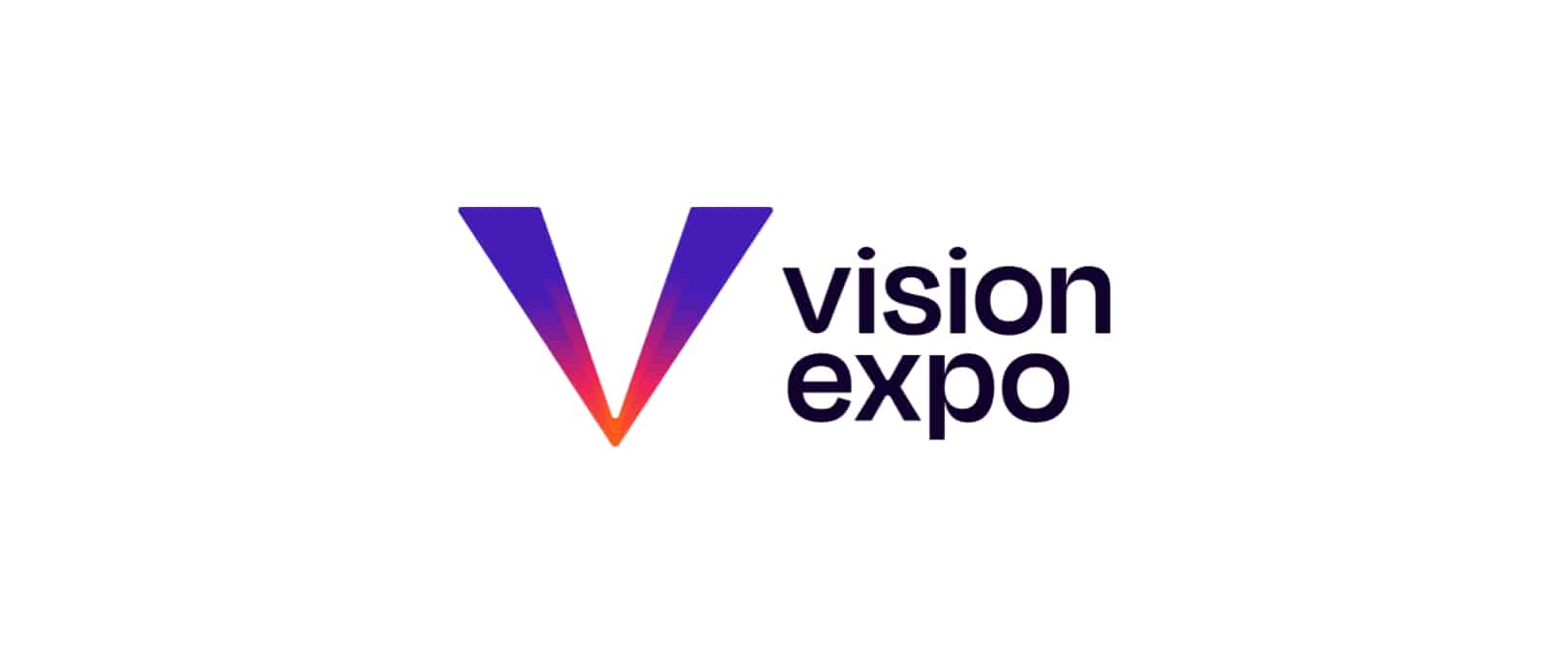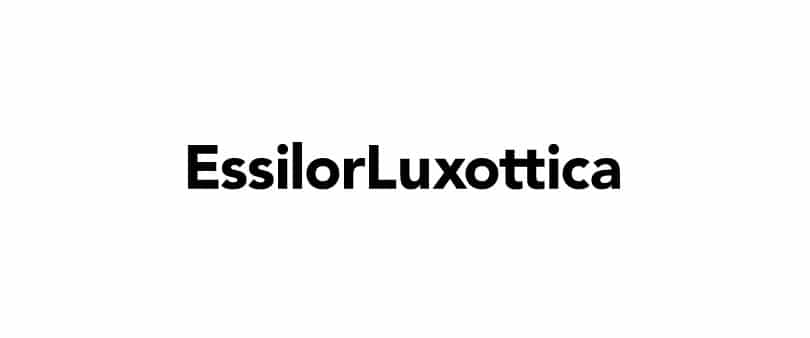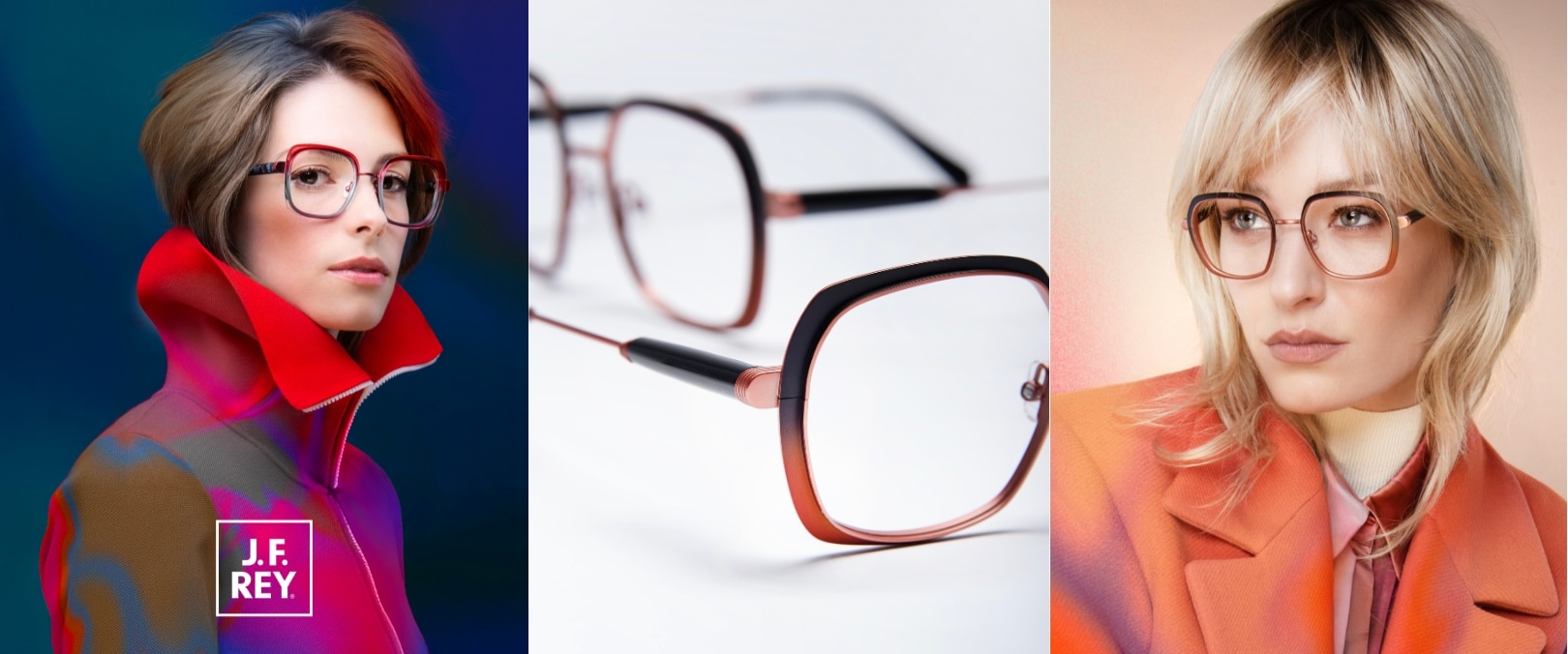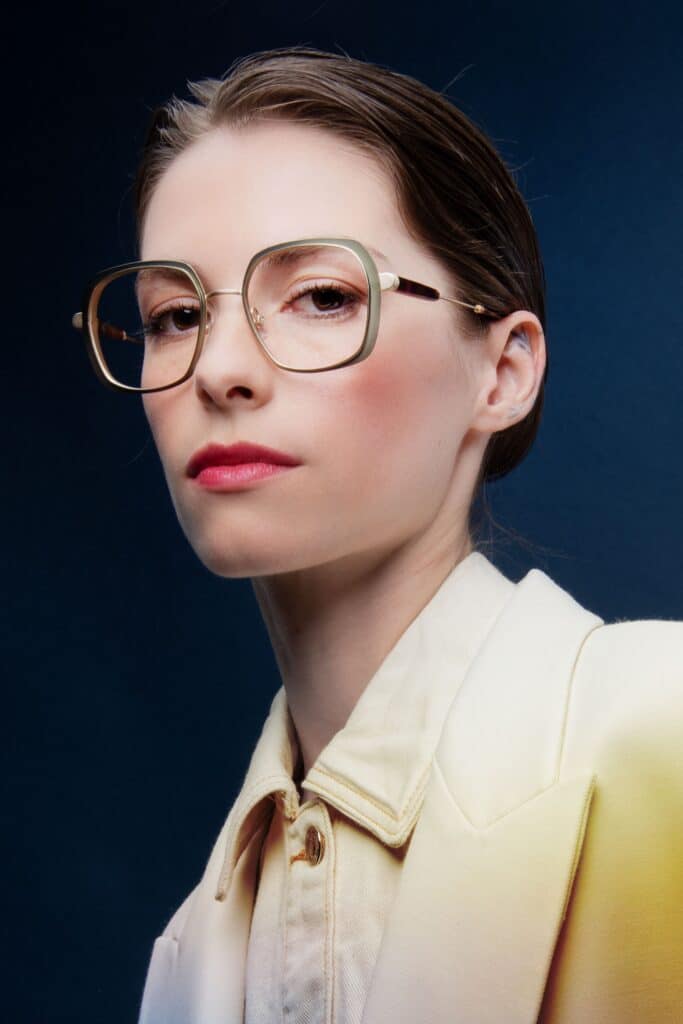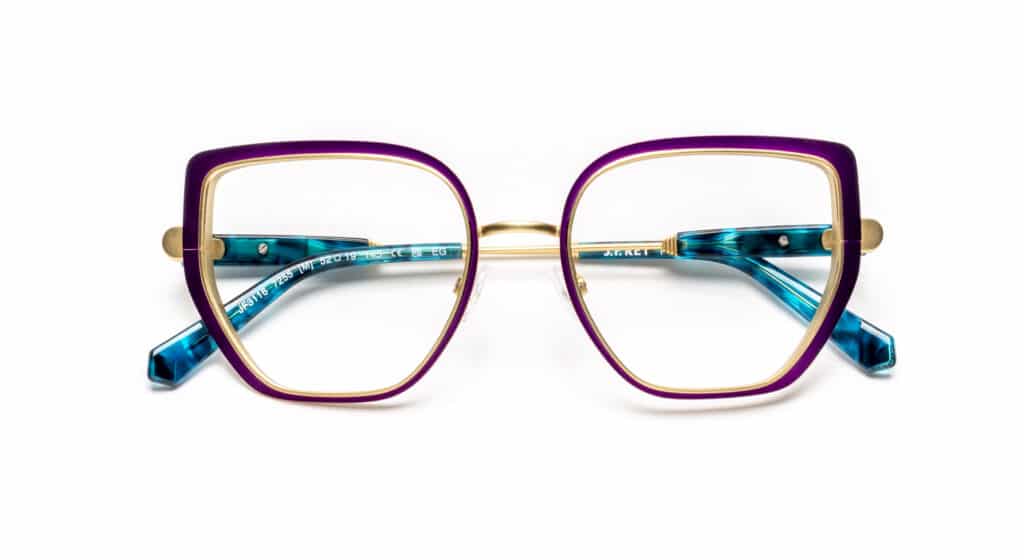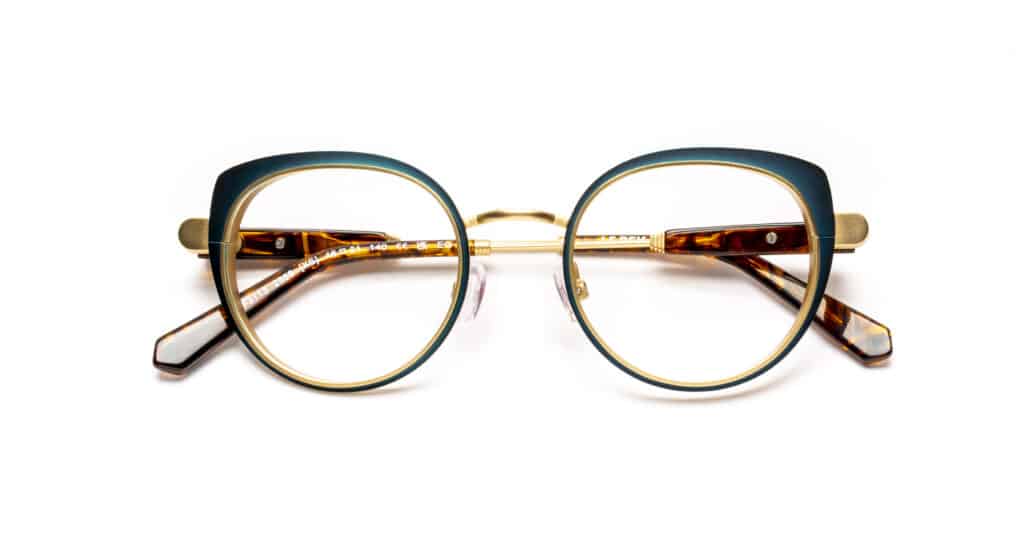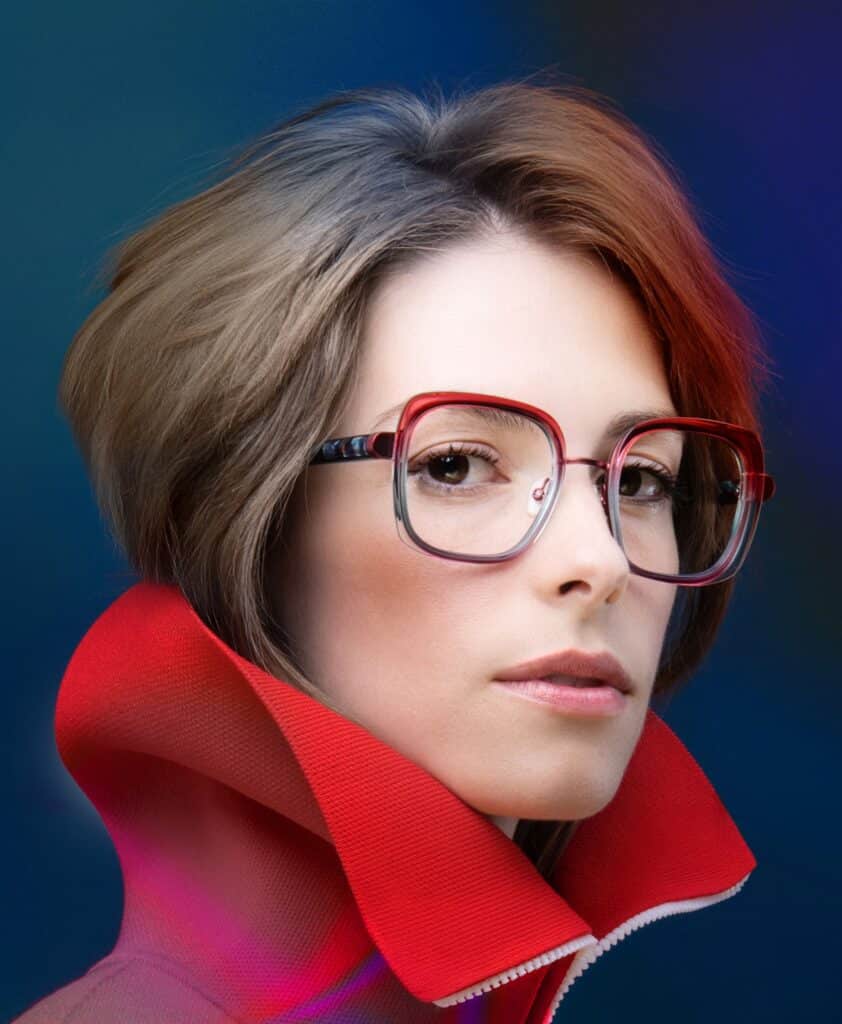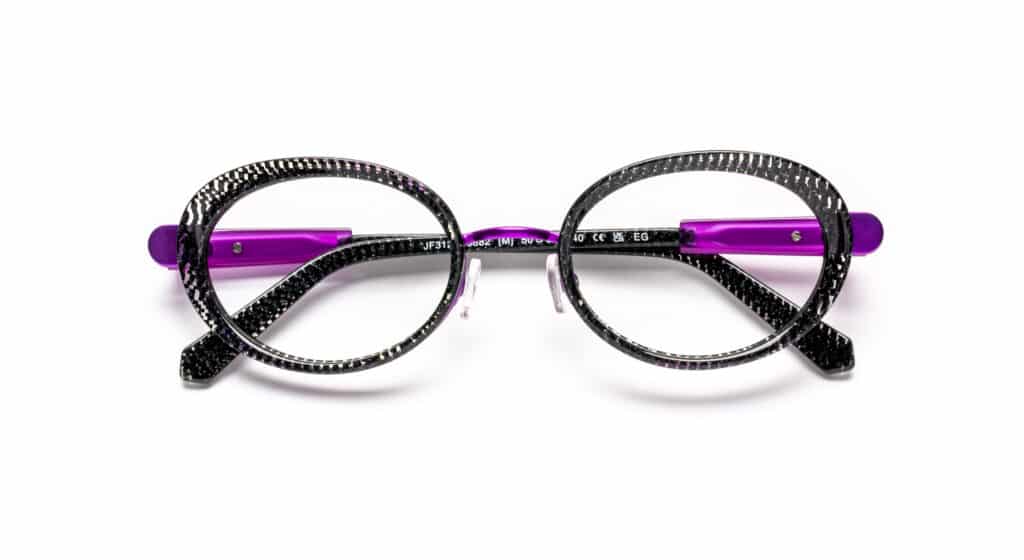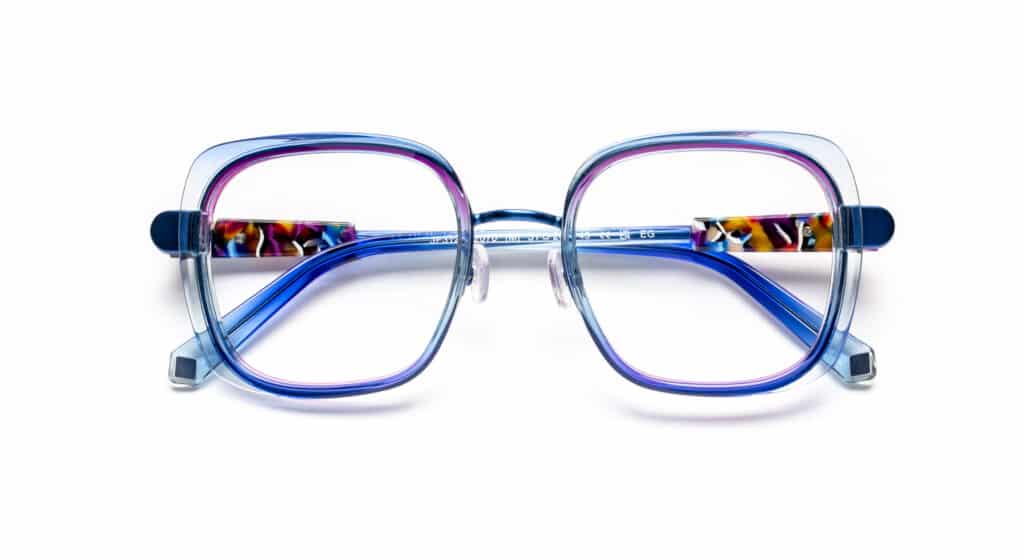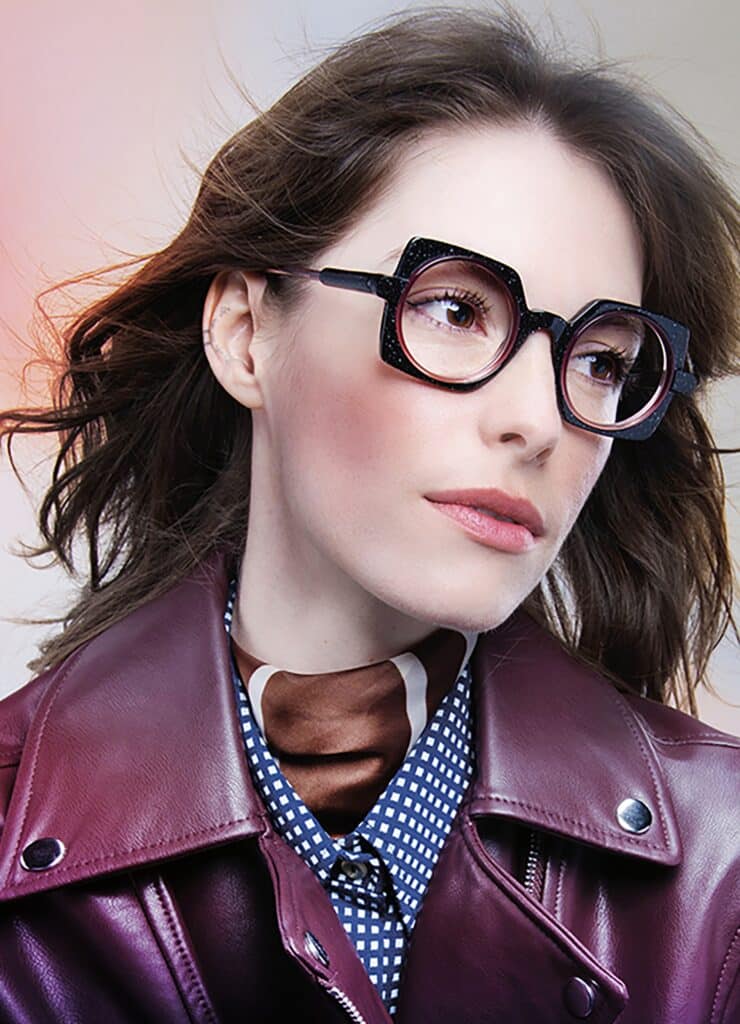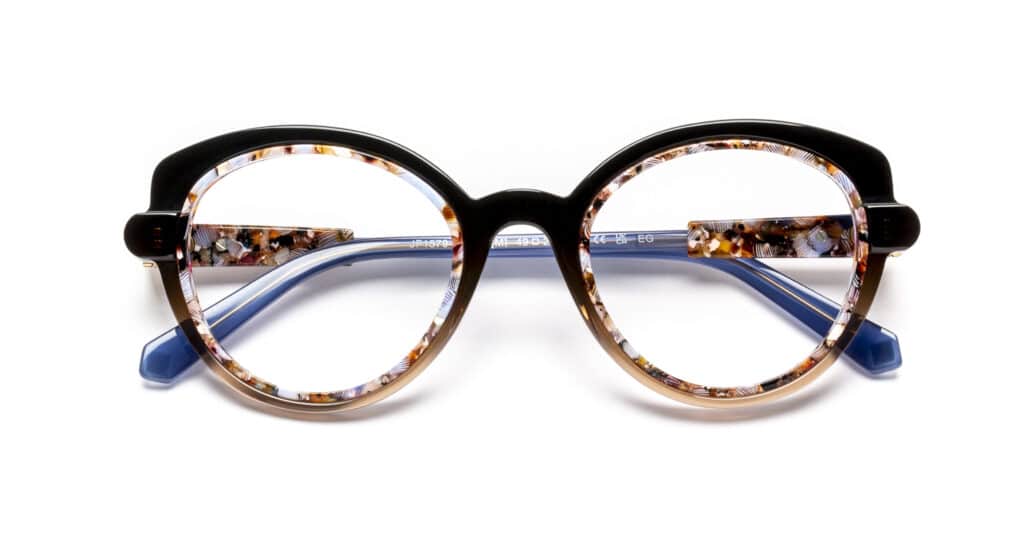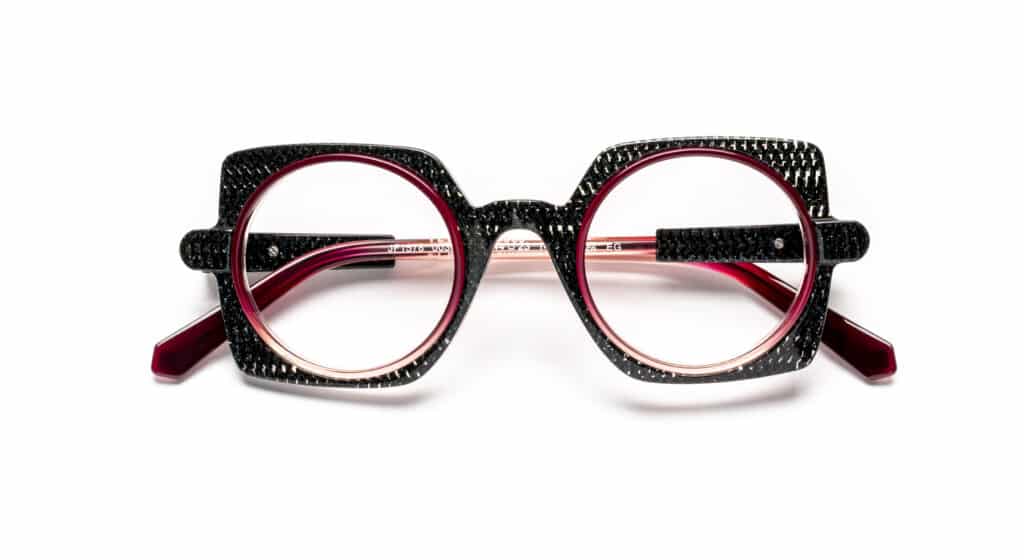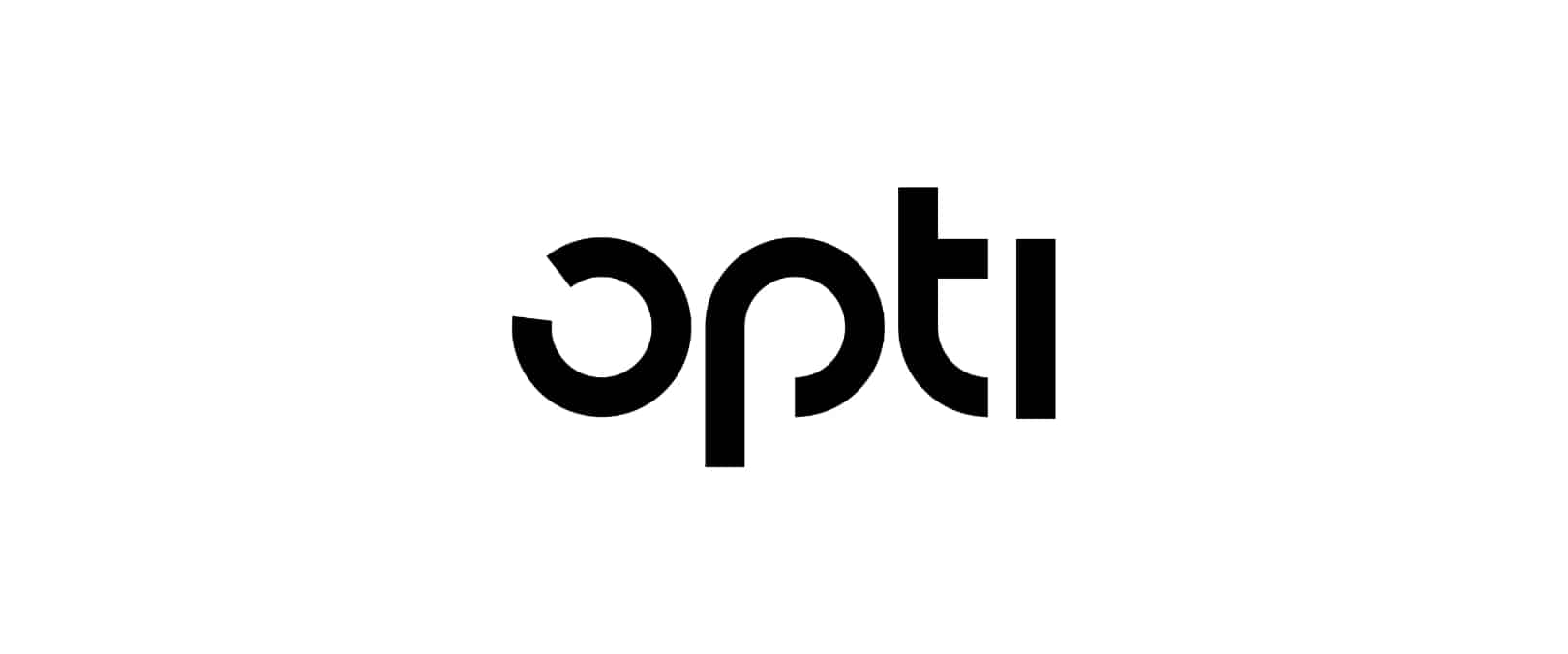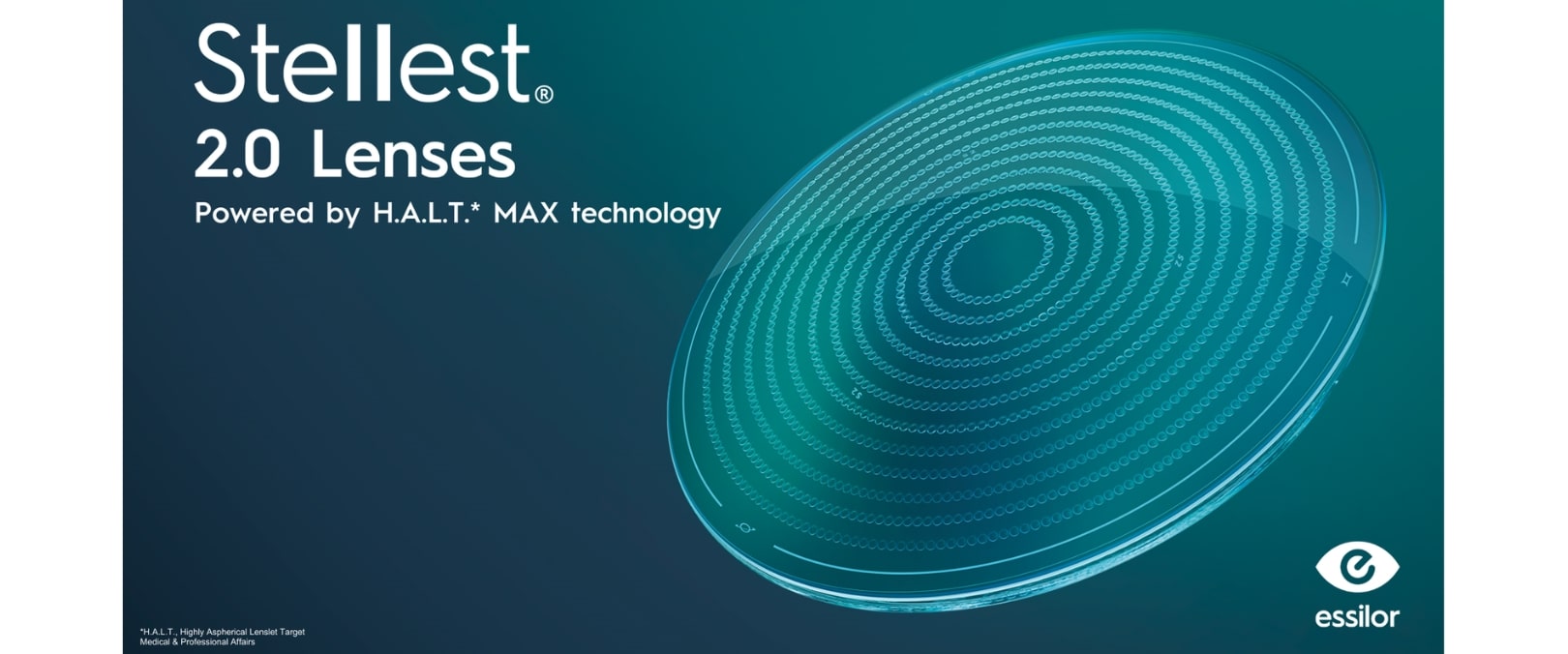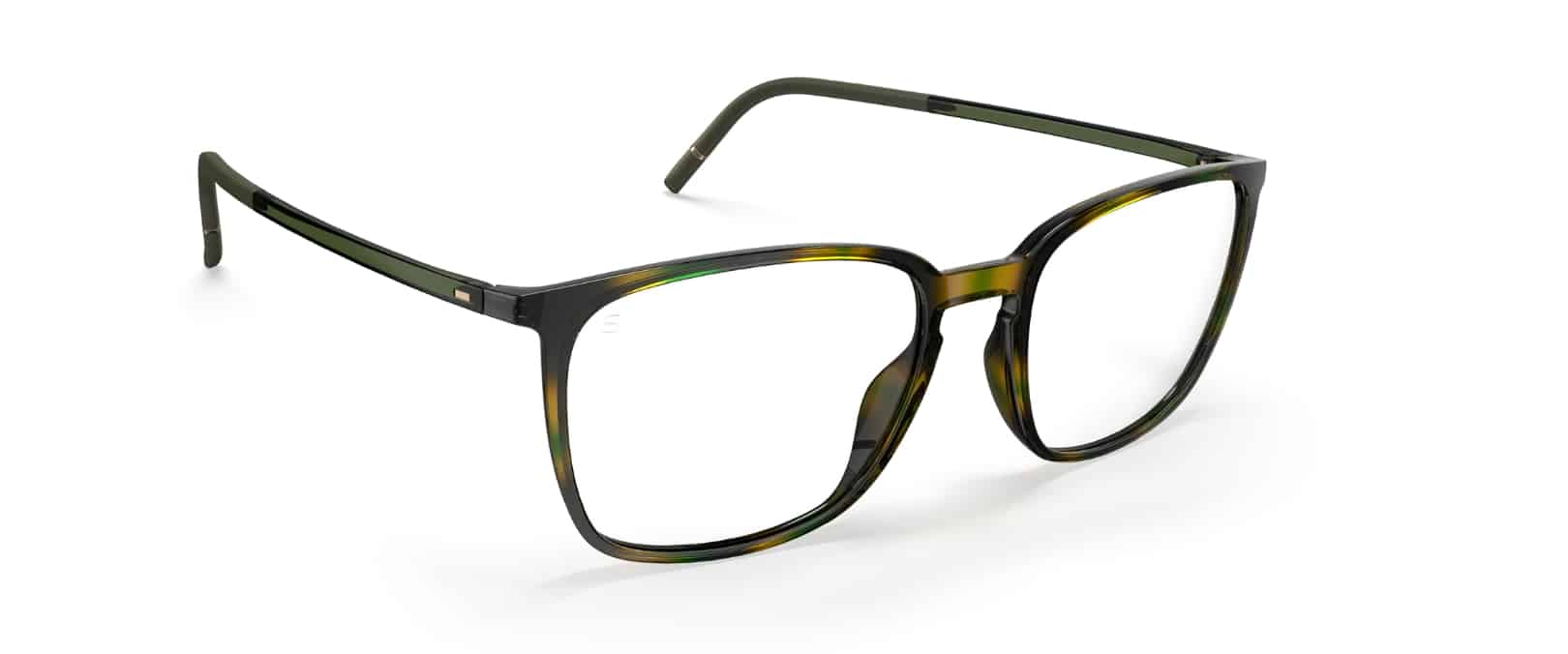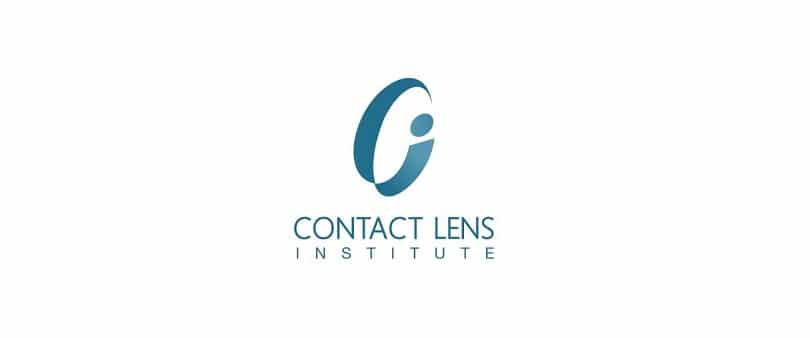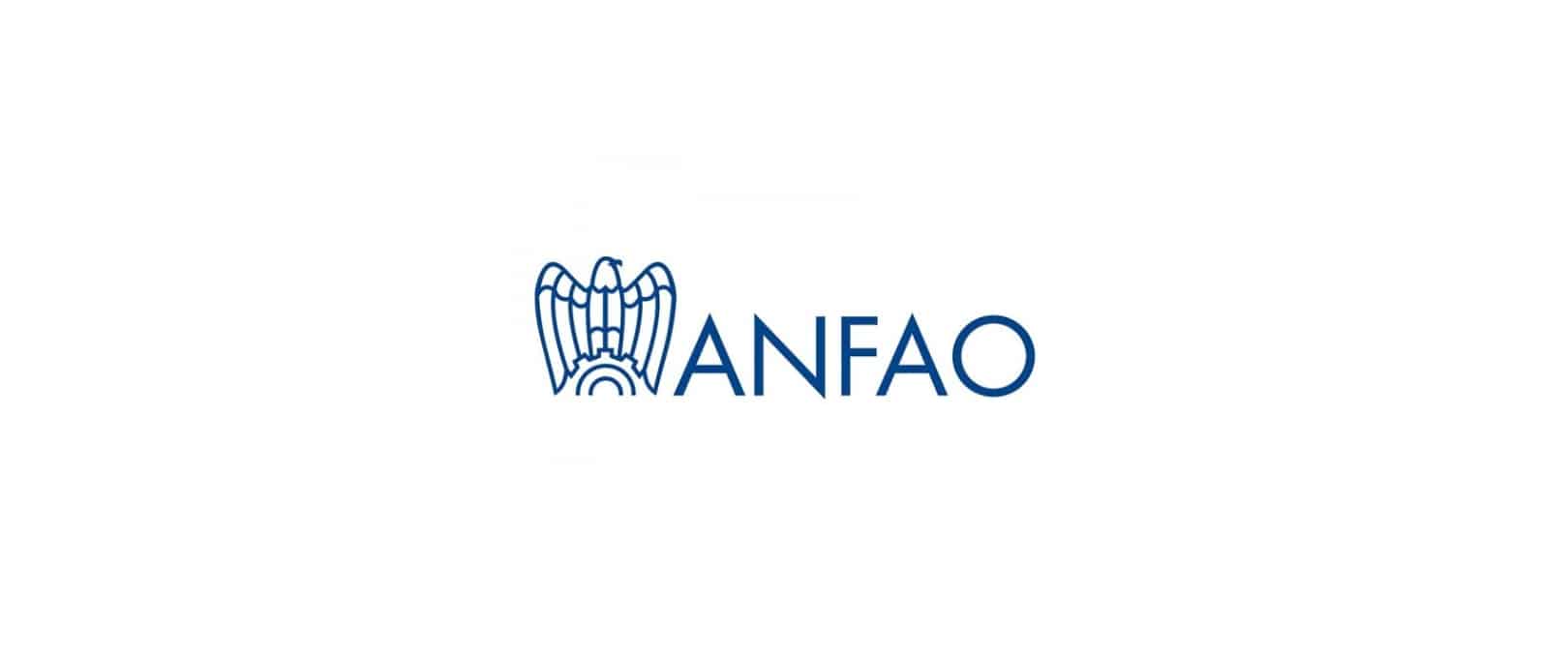Vision Expo 2026, co-owned by RX and The Vision Council, has introduced Call for NEW, a new initiative created to highlight the most anticipated product debuts, technologies and innovations across the optical industry. The show will take place March 11–14, 2026 at the Orange County Convention Center in Orlando, marking Vision Expo’s first unified annual event.
Celebrating its 40th anniversary, Vision Expo 2026 aims to bring the global vision community together while emphasizing forward-looking innovation. “By unifying the show into a single annual event, we’re creating the most impactful platform possible for product launches, next-generation technologies, and the solutions that will drive eyecare and eyewear forward,” said Ashley Mills, CEO of The Vision Council. “‘Call for NEW’ gives brands a dedicated spotlight for their breakthroughs and offers attendees a clear way to discover the products and ideas shaping the future of the industry.”
Call for NEW Initiative
The program invites exhibitors to submit information about their latest products, technologies, collaborations, booth activations and innovations set to debut at Vision Expo 2026. Selected submissions will receive tailored promotional opportunities to boost visibility and engagement on the show floor.
Highlighted innovations may include diagnostic technologies, advanced manufacturing tools, AI-enabled business platforms, practice management solutions and trend-forward eyewear collections.
Vision Expo 2026 is expected to feature more than 350 exhibitors, representing leading eyewear designers, major vision care companies, health and diagnostics innovators, and developers of emerging technology. The event will also offer over 220 hours of accredited continuing education beginning March 11, with the exhibit hall opening on March 12. Networking events, partner programs and after-hours activities will round out the schedule.
Exhibitors can submit NEW products and activations through the Call for NEW submission page. Selected participants will be notified at the end of January.
For more details, visit visionexpo.com.
Source: Vision Expo
Want to see more like this article? Click here to subscribe to our FREE print magazines and e-newsletters!

